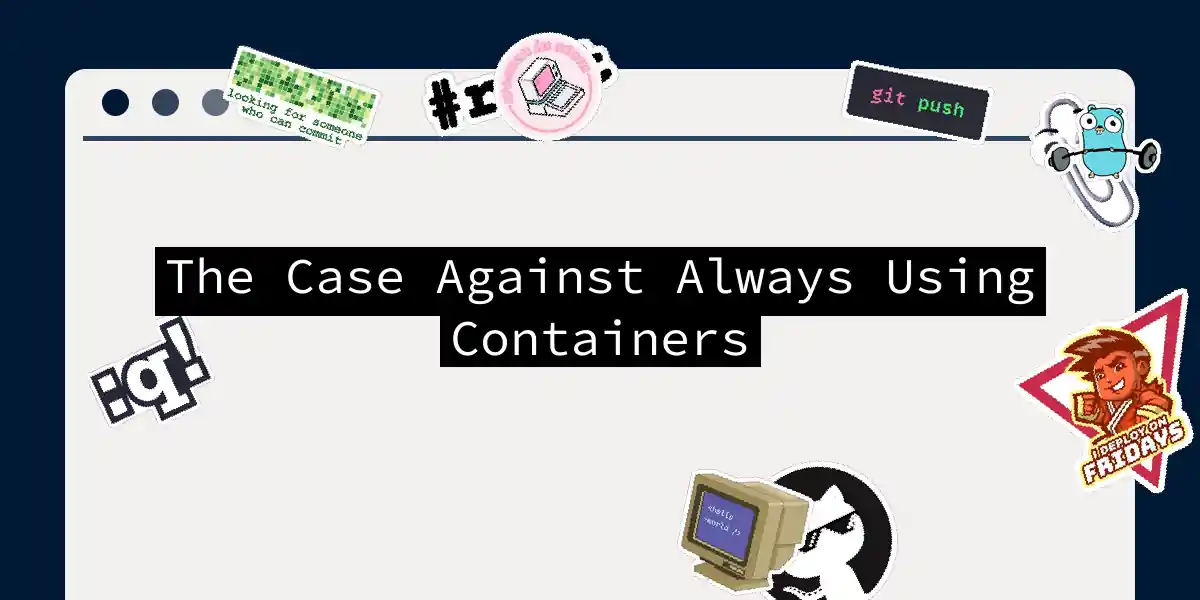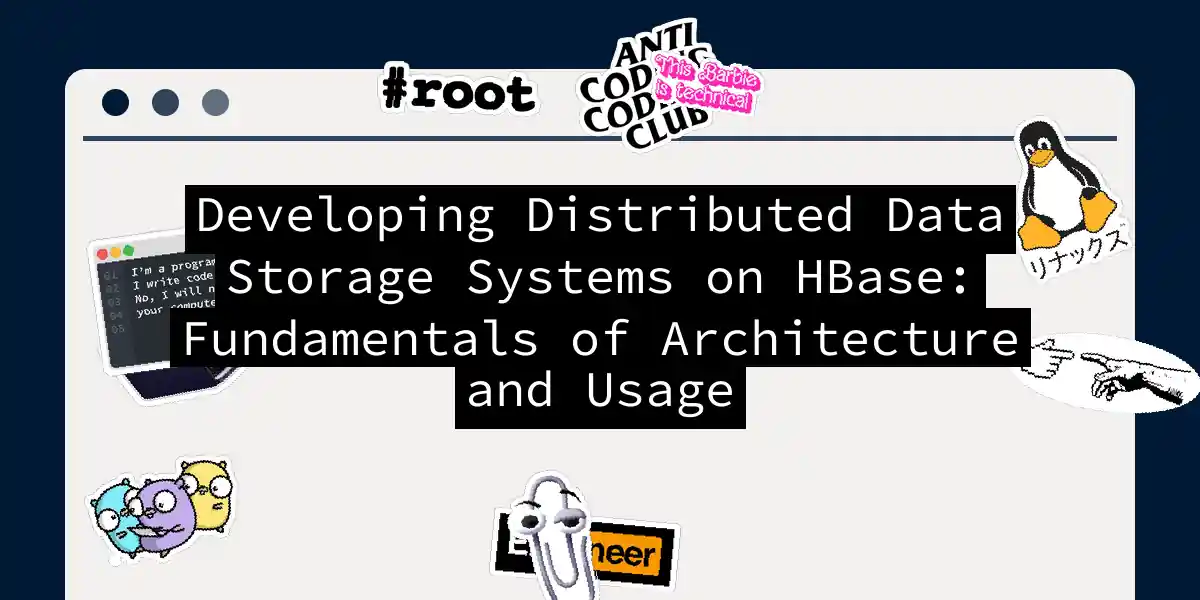
VR Workspace Dystopia: Meta's Push for Always-On Developers and Why You Should Care
Remember that sunny day when VR development felt like the Wild West? When you could sideload whatever you wanted, manage your Quest fleet however you liked, and actually own the devices you purchased? Yeah, those days are officially over. Meta just drew a line in the sand with their Horizon Managed Services (HMS) policy, effective March 2025, and frankly, it’s the kind of move that makes you wonder if we’re building the future or just recreating the Microsoft Office licensing hellscape of the 2000s, but in volumetric space....



